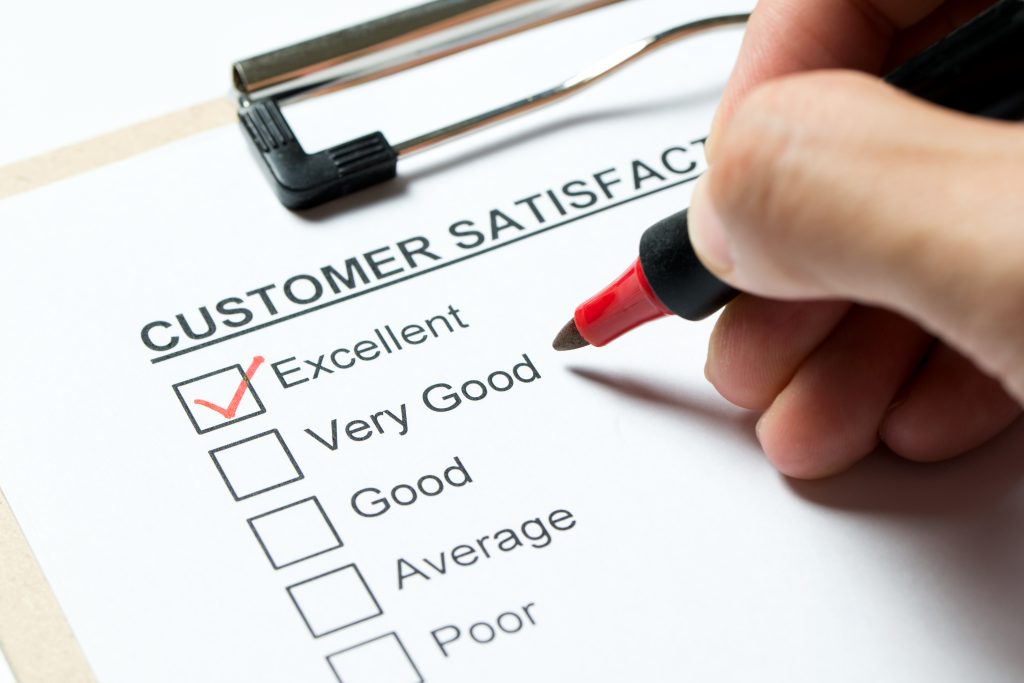One of the most common questions we get from clients is, “What should I be sending to my customers?”. This is a good question….
One of the most common questions we get from clients is, “What should I be sending to my customers?”. This is a good question. But also an open-ended one.
We find the easiest way to work through this question is to first define what type of business we are working with. This is an important step because it helps us better understand how the business operates and how to treat its customers.

A welcome email sets the tone for your brand’s relationship with a customer. A well-crafted welcome email (or welcome email sequence) is unique, friendly, and makes the subscriber feel like they have joined a new community.
During your welcome email sequence, brands have the opportunity to tell their story and/or introduce the face of the company.

If you aren’t letting your existing contacts know about your newest products, you’re missing out. These are people who have permitted you to contact them. Your latest and greatest product is exactly what they want to hear about!
With one caveat. RELEVANCE. Make sure your new product is relevant to the audience you are sending it to. For example, if you’re introducing a new line of women’s shoes, only send the announcement to your female subscribers.

Amazon has set the standard for e-commerce shipping. Consumers now receive their shipments faster than ever (Amazon Prime Now promises delivery in under 2 hours).
Increased consumer expectations have created an increase in “shipping status” customer service inquiries. According to Zenkraft, Where is my Order (WISMO) calls/chats account for up to 80% of customer service inquiries.
Customers can normally find their order’s status by logging into their shipping carrier’s portal. However, a lot of concerned customers end up calling a brand’s customer service center instead. These calls, emails, and chats can cause unneeded stress for your customer service reps.
WISMO inquiry volume can be decreased by setting up automated email updates. According to Retail Learning, 40% of e-commerce shoppers check their shipping status one or more times per day after ordering. So why not delight customers by sending these updates?

Fear of Missing Out (FOMO) is a powerful force.
Free Shipping until Friday, Last Chance, While Supplies Last, Sale Ends in 24 hours are all phrases of FOMO. Using these phrases helps marketers create urgency in the minds of customers.
Periodically sending emails that include limited-time offers to drive sales gives your subscribers an added incentive to pay close attention to their inbox.

According to Moosend, 11% of people who receive a cart abandonment email return to complete their purchase. And sending a sequence of emails can drive additional orders.
It takes less commitment to put something in your shopping cart than at a brick-and-mortar store where you have physically rolled an item around the store. That’s why the shopping cart abandonment is estimated to be around 70%. However, users adding an item to their online shopping cart is still a significant signal of purchase intent that shouldn’t be ignored by e-commerce marketers.
The customer who has made it to this point in the funnel may have found a competitor’s product to buy, become distracted by the millions of other things to do on the internet, or just needs a little nudge to complete their purchase. Don’t leave revenue on the table by failing to set up automated abandoned cart emails.

Having the option to leave a review within your e-commerce store is a great start, but that puts the onus on customers to leave a review. Sending a survey via email soon after a product is delivered is a great way to gather customer feedback that limits the effort required by a customer.
Negative reviews are an opportunity to improve your product and delight (even surprise) customers by providing excellent customer service. For example, if there are multiple reviews on a jacket mentioning that it fits big, it would make sense for your team to address this sizing issue to avoid further customer disappointment. If your team doesn’t gather this information, it’s almost impossible to diagnose why a product isn’t selling or is being consistently returned.
On the other hand, positive reviews provide potential customers with third-party reassurance of the quality of your products. These positive reviews can help differentiate your product from competitors.
If you aren’t collecting reviews and displaying them on your website, you’re missing out on valuable customer data, failing to provide your potential customers with the information they routinely use to make purchase decisions.
Copyright © 2017-2024 · Carbon Digital · All Rights Reserved.